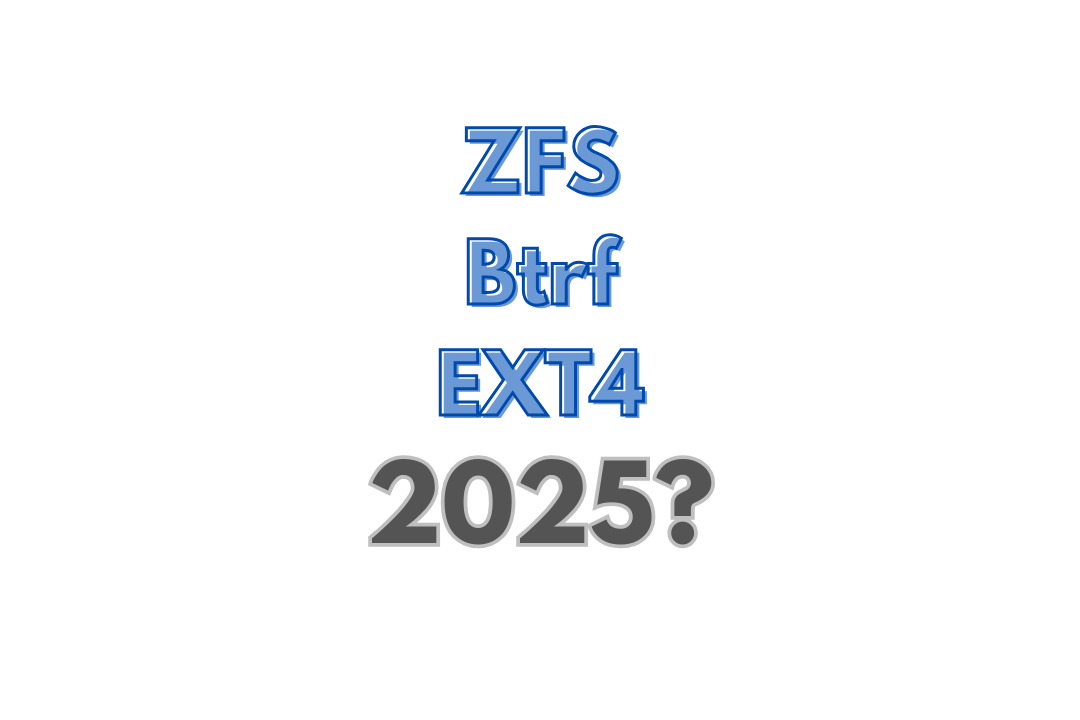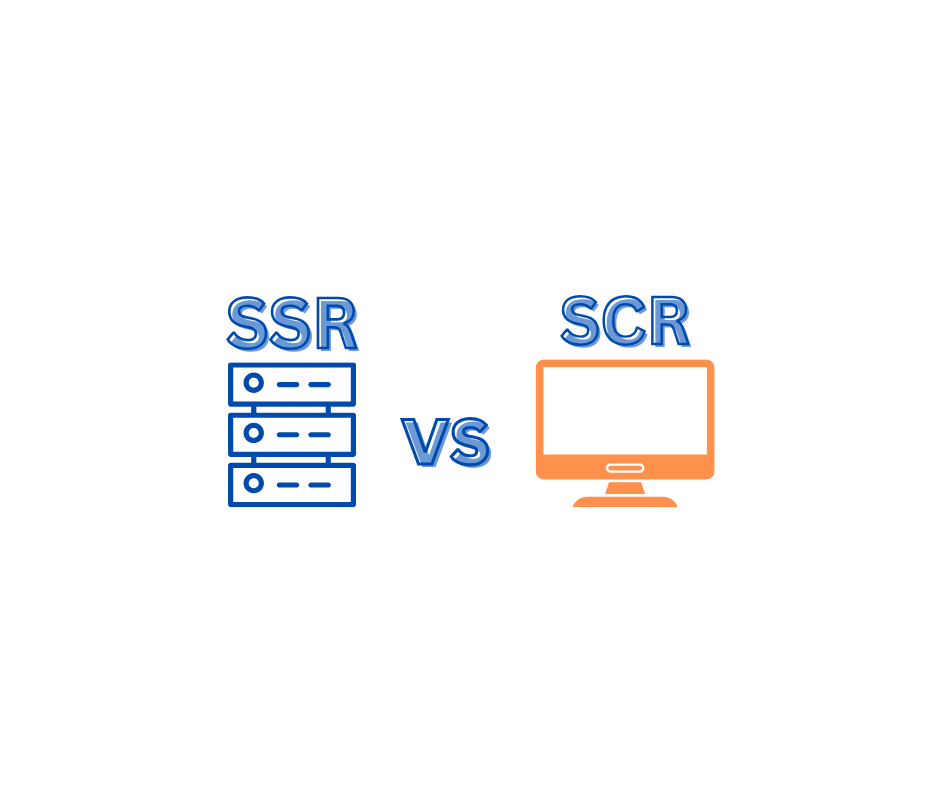EXT4 - Tried-and-True Stability and Simplicity
EXT4 is undoubtedly the most widely used file system in Linux distributions and is often the go-to choice for users looking for stability and compatibility. Developed in 2008 as an improvement over EXT3, EXT4 offers excellent performance and resource efficiency.
Advantages:
- Stability and compatibility: EXT4 is incredibly stable and supported across almost all Linux distributions and management tools.
- Fast read/write performance: It performs very well with small to medium-sized files.
- Resilience to failure: With journaling, EXT4 ensures data integrity during sudden shutdowns.
- Moderate scalability: It can handle volumes up to 1 exabyte and file sizes up to 16 TB.
Disadvantages:
- Lack of advanced features: EXT4 doesn't offer advanced features like deduplication, snapshots, or file compression that are available in other file systems.
- Not the best for handling very large files: It’s less efficient when working with massive files or complex data sets.
When to choose EXT4?
- Desktops: If you need a stable and fast file system for a personal PC or laptop, EXT4 is a safe bet.
- Servers: For servers that don't require advanced functionality, EXT4 is often enough, but for large data sets or more data protection, other options may be better.
- NAS: If you’re using a NAS that doesn’t rely on complex backups and advanced data protection, EXT4 will serve you well.
ZFS - Advanced Data Protection and Performance
Originally developed by Sun Microsystems and now available on most Linux and BSD systems, ZFS is a file system known for its advanced features. It's frequently used in enterprise environments due to its ability to manage massive volumes of data and offer superior data protection.
Advantages:
- Data protection: ZFS includes mechanisms for checking and correcting errors at the file and disk levels.
- Snapshots and cloning: It supports fast snapshots and cloning, making backups and data restoration extremely quick.
- Deduplication and compression: ZFS allows for data deduplication to save space and file compression to reduce storage needs.
- Massive scalability: ZFS can handle file systems from a few gigabytes to hundreds of terabytes.
- Software RAID: It manages RAID directly at the file system level, providing additional protection compared to hardware RAID.
Disadvantages:
- High resource usage: ZFS is known for its heavy memory and CPU requirements, making it less suitable for resource-limited systems.
- Limited compatibility: While available on Linux and BSD, ZFS isn’t natively supported on all distributions and is not available on Windows or macOS.
- Complex administration: Managing ZFS can be more challenging compared to EXT4, requiring more advanced knowledge.
When to choose ZFS?
- Servers: ZFS is ideal for servers handling large volumes of data that require advanced data protection and fast backup capabilities.
- NAS: For NAS systems requiring reliability, quick backups, and data protection, ZFS is a top choice.
- Enterprise projects: Any infrastructure dealing with large files, snapshots, and fast recovery will benefit greatly from ZFS.
Btrfs - Flexibility and Advanced Features
Btrfs is a younger file system compared to ZFS and EXT4, but it has rapidly gained popularity due to its advanced features, which are similar to ZFS. It was developed as a modern alternative to traditional file systems, optimized for managing large volumes and complex data.
Advantages:
- Snapshots and subvolumes: Btrfs allows for creating snapshots and subvolumes, making backups and data management more efficient.
- Compression and deduplication: Btrfs supports file compression and deduplication, saving a lot of storage space.
- Good performance with large files: It's faster than EXT4 when handling large files and large amounts of data.
- Linux integration: It’s natively supported by most Linux distributions, making it easy to implement on modern systems.
Disadvantages:
- Instability in certain situations: While Btrfs is constantly improving, it has had some stability issues in the past, especially in production environments.
- Lower performance on older hardware: Using Btrfs on older systems or traditional hard drives may not be as fast or efficient.
- Not as robust as ZFS: While Btrfs offers many advanced features, it’s still not as mature or robust as ZFS for managing large-scale data.
When to choose Btrfs?
- Desktops: Btrfs is a great choice for advanced users looking to experiment with features like deduplication, snapshots, and compression.
- Servers and NAS: For environments where managing large volumes of data and data protection are important, Btrfs is a viable option, though you should be mindful of its stability.
- Projects requiring a balance of performance and protection: If you need a modern file system with advanced features but don’t require the complexity of ZFS, Btrfs is a solid alternative.
Conclusion: Which File System Should You Choose in 2025?
Each of these file systems has its own advantages and disadvantages, and the choice depends on your needs and resources.
- For desktops and users seeking simplicity and stability, EXT4 remains the go-to choice.
- For servers and NAS that need advanced data protection and large-scale data management, ZFS is the top pick.
- For users who want a balance of advanced features and performance without ZFS’s complexity, Btrfs is a modern and flexible choice.
Ultimately, based on your projects and available resources, you’ll be able to choose the file system that best meets your needs.


